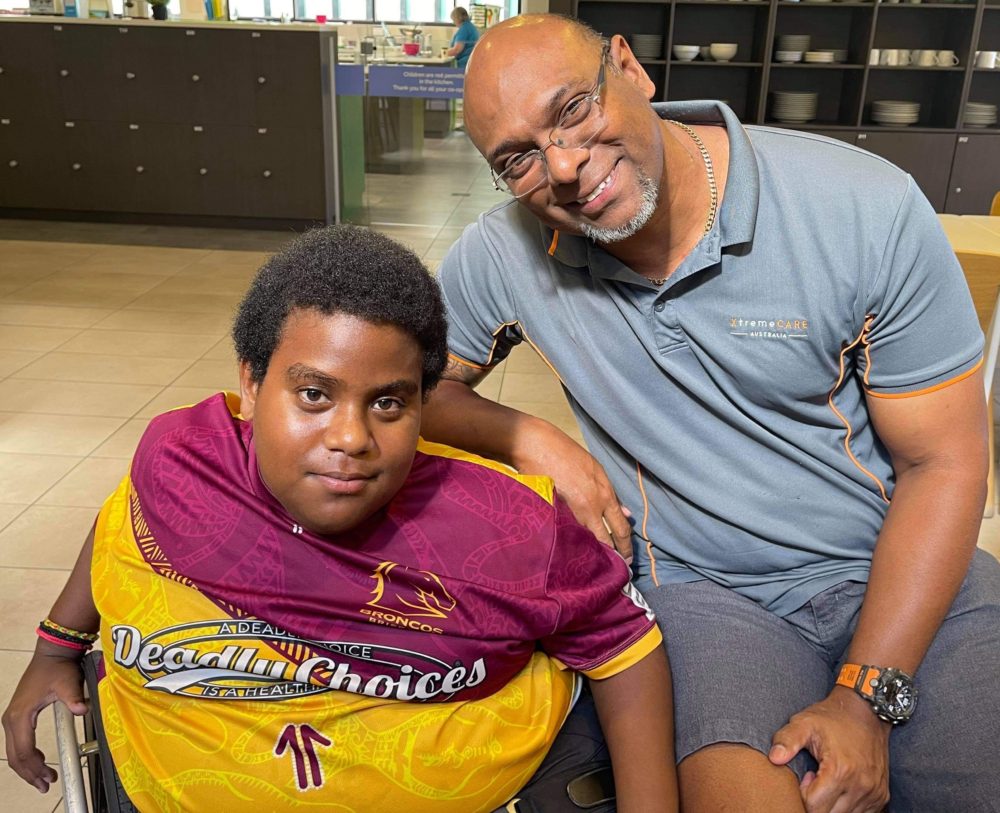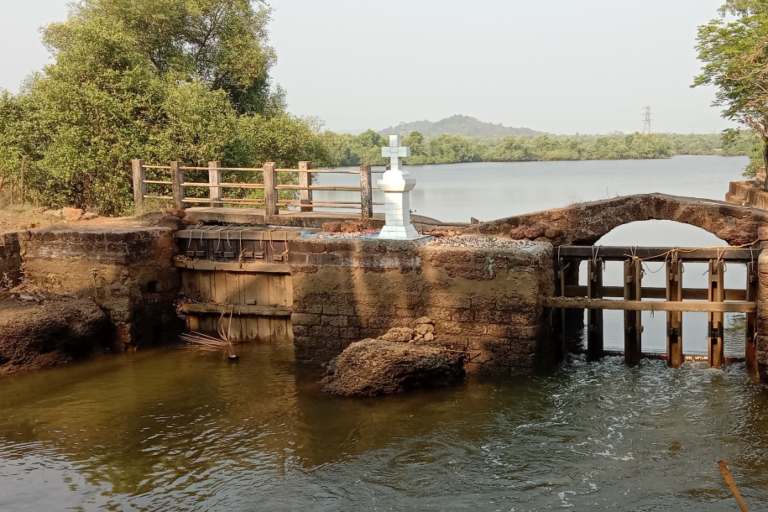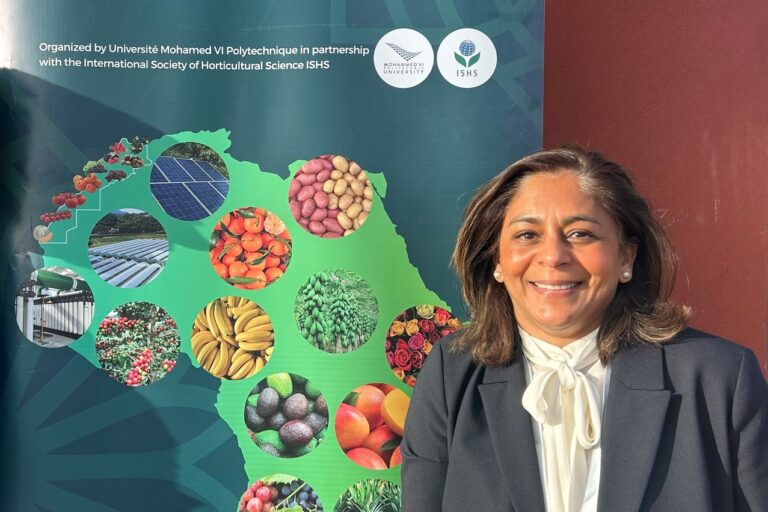By Neena Bhandari
Sydney, 27.05.22 (HireUp): Aboriginal and Torres Strait Islander people are twice as likely to experience disability, and more likely to experience increased barriers to accessing disability supports compared to non-indigenous Australians. In this first of the three articles, Indigenous service providers share the many challenges they face in delivering disability services and supports to their communities in remote, regional and rural areas.
“Many people in rural and remote Indigenous communities still do not know about the National Disability Insurance Scheme (NDIS) and its role and functions in disability care,” says William Tatipata, Managing Director of Xtremecare Australia, an Aboriginal and Torres Strait Islander disability service. “We begin with making them aware of the scheme [how to apply and obtain a disability assessment] and then educating them on the supports and services the scheme offers.”
Tatipata says, “Our people are confused around what services and supports are covered by ‘health’ and what falls under the NDIS. If a diabetic person requires a new diabetes monitor, for example, it is covered by ‘health’. But if the participant’s motor skills are impaired, the NDIS will fund the monitor following a functionality assessment by an occupational therapist.”
Forty-four per cent of Indigenous Australians live in regional areas and 21 per cent live in remote areas. In Queensland, 70 per cent of Indigenous people live in regional and remote areas, according to the Australian Bureau of Statistics’ National Aboriginal and Torres Strait Islander Social Survey 2014-15.
Evidence indicates that Indigenous people’s access and engagement with disability supports may be enhanced through better consideration of cultural and individual cultural beliefs, according to a 2020 study.
“We don’t look at a participant’s disability in isolation. We have to factor in the cultural, environmental and lifestyle aspects while delivering services in Indigenous communities”, says Tatipata.
“Some Indigenous participants in rural and remote communities have good plans, but there is lack of allied health services, infrastructure and workforce to deliver them so the dollars in their individual plans have been lying unutilised,” he adds.
The Northern Territory Disability Advocacy Collective reported that 44 per cent of NDIS plans are underutilised in remote and very remote locations in the Northern Territory, according to the Royal Commission into Violence, Abuse, Neglect and Exploitation of People with Disability Issues Paper August 2021.
Xtremecare Australia services remote communities along Australia’s eastern seaboard, from Torres Strait Islands in the north to Victoria in the south.
Tatipata says, “As a provider, we encounter a lot of red tape in getting services to the participants. There are hardly any independent allied health service providers in the Torres Strait or Cape York areas so participants have to fly to Cairns or depend on Queensland Health sites, which priorities its own patients over NDIS participants.”
Ninety per cent of the services in these rural and remote areas are a mixed model of telehealth combined with fly-in-fly-out, face-to-face consultation every few months.
“It is about a two-hour flight from Cairns to Weipa, the largest town in the Cape York Peninsula, or Horn Island in the Torres Strait. To make service delivery cost-effective, we have adopted a cluster approach. Every four to six weeks, we fly allied health professionals – occupational therapists, physiotherapists or speech pathologists – into the community from Cairns and split their transport and accommodation cost between the number of participants availing their services”, says Tatipata.
Similarly, any equipment requiring a service or repairs has to be brought to Cairns. “We need robust equipment suited for our environment and we need to build a skilled workforce to maintain and service this equipment close to where the participants reside. In the early days of the NDIS roll out, participants were given power wheelchairs in communities with no paved pathways or ramps and the housing was not designed to accommodate the equipment. So, the equipment was rendered useless”, he adds.
Xtremecare Australia has fostered a workforce from people living within the community for providing support with daily needs, personal care, cooking and community participation.
“These people understand the culture, the language and other aspects of how that community operates. But it is difficult to find skilled and qualified Indigenous workforce that our participants and their families want. We need to build a diverse workforce of Indigenous and non-Indigenous people”, says Tatipata.
© Copyright Neena Bhandari. All rights reserved. Republication, copying or using information from neenabhandari.com content is expressly prohibited without the permission of the writer and the media outlet syndicating or publishing the article.



